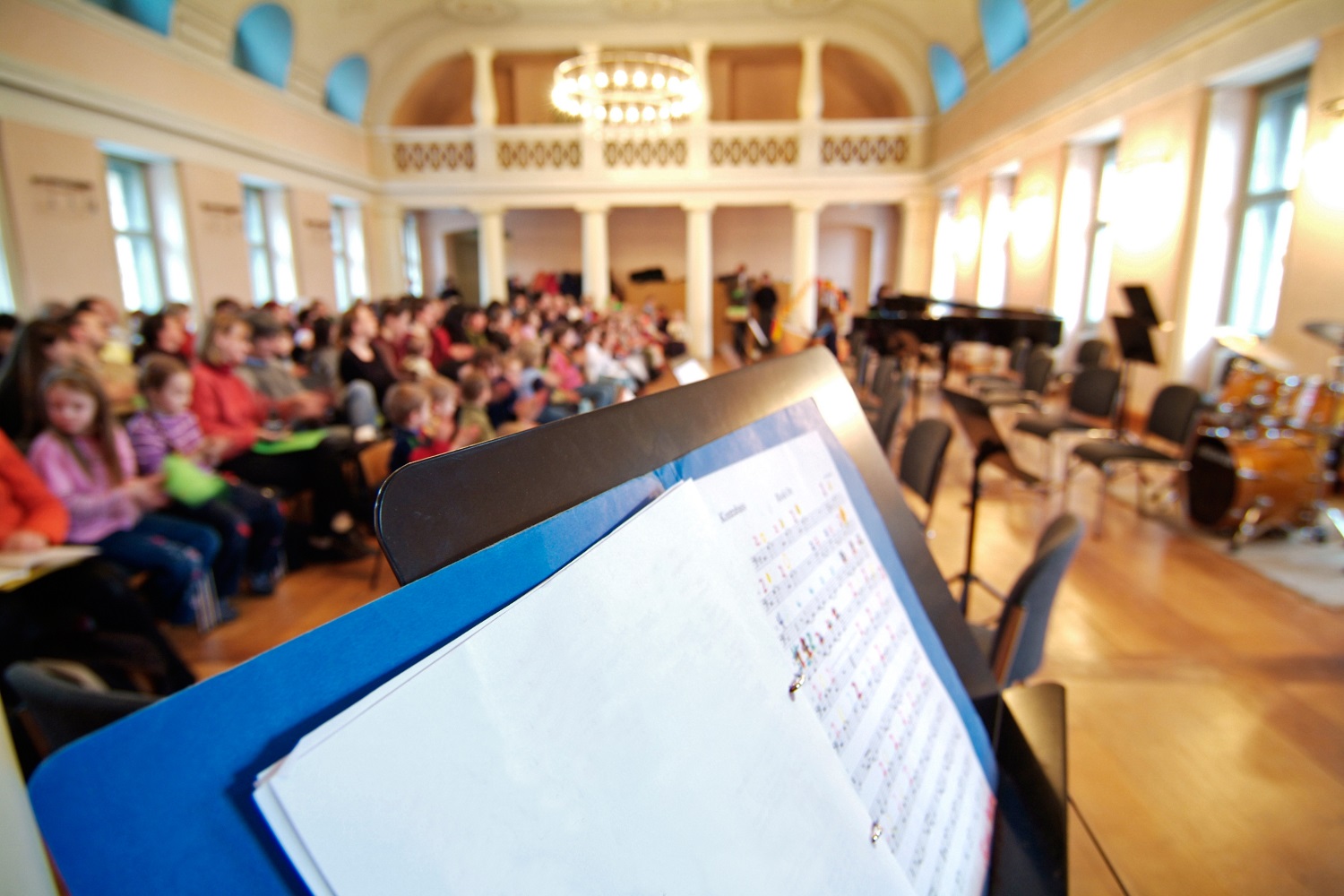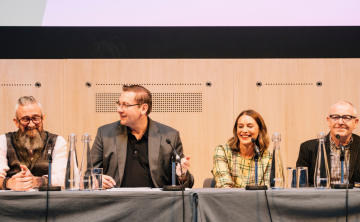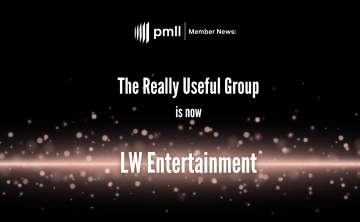Why is submitting data under the SPML important?

Copyright in education
There are a number of licenses provided to the education sector to ensure that where teachers are copying, showing, or using any type of original work they are able to do so legally. Obtaining individual permission from the copyright holder can be time consuming, costly, and difficult therefore, having a licence to be able to use such works without needing individual permission is extremely important.
Copying sheet music as part of a lesson
Making a copy of sheet music is a restricted act under the 1988 CDPA (Copyright Designs and Patents Act). If you want to make copies or arrangements of sheet music as part of a lesson, you will need either individual permission from the publisher of the music or an appropriate licence. Printed Music Licensing Limited (PMLL) provides a licence (on behalf of music publishers) to allow teachers to copy and arrange a wide variety of sheet music as long as it is used as pert of music education. The Schools Printed Music Licence (SPML) was set up in 2012 to provide a simple licensing solution for teachers who want to copy and arrange sheet music as part of a lesson.
How does the licence work?
Publishers give PMLL their rights to allow the copying of sheet music as part of music education. PMLL has a vast range of members which means that teacher are able to legally copy and arrange a wide range of repertoire. To reduce the administration and cost burden on schools the SPML is purchased centrally by the Department for Education (England), Scottish Government and Education Authority (NI). Schools in Wales and independent schools are licensed on an individual basis.
What can be copied under the licence?
Any sheet music can be copied and arranged under the licence. There are some restrictions in place such as an original copy of the music must be owned and only 10% can be copied from an anthology. Copes can be made from a physical book of sheet music or a pdf (purchased from a legitimate site). Copies of music can be scanned and uploaded onto a VLE or similar secure network for use by pupils. PMLL hosts a wide range of FAQs about the licence on their website
What happens to the money collected for the licence?
PMLL is a non-profit organisation. All the licence fees collected are then distributed back to publishers, who pay on these monies to the composers and writers of the music. This ensures that the right people are getting paid for the use of their works. This is how many people are able to earn a living from writing and composing songs.
How does PMLL know who to pay?
The SPML requires teachers to report what has been copied and arranged under the licence. This is extremely important as we need to know who should be paid. The only way we can find out this information is if teachers send information on what has been photocopied and arranged.
How can teachers report information on what they have copied and arranged?
This can be done quickly and easily via the PMLL portal. This was built to assist teachers when submitting information on what has been copied and arranged.
Teachers can create an account and use the simple data submission form to send information to PMLL about what they have used. Not only will teachers be able to gain access to free resources, created by teachers for teachers, they will be helping PMLL to ensure that the correct writers and composers are being paid when their work has been copied or arranged by teachers.
Why is reporting so important?
PMLL needs to know who to pay the licence fees we receive to. There are thousands of schools within the UK all who are licensed and therefore copying and arranging music. The only way that PMLL can obtain information about what is being used is if teachers report this. We understand that many teachers are time pressed and this may be another administration burden, we have therefore made the reporting of information as simple and easy as possible.
Every Copy Counts is a campaign commissioned by PMLL to help teachers understand the benefits of the licence and support teachers with submitting data. Visit www.everycopycounts.co.uk for information, guidance, and support.
What is copyright?
Copyright protects works and stops others from using them without permission.
Copyright protection is automatically given when:
- original literary, dramatic, musical and artistic work, including illustration and photography is created
- original non-literary written work, such as software, web content and databases are created
- sound and music recordings are created
- film and television recordings are created
- broadcasts are created
- the layout of published editions of written, dramatic and musical works are created
How does copyright protect works?
Copyright prevents people from:
- copying a work
- distributing copies of it, whether free of charge or for sale
- renting or lending copies of the work
- performing, showing or playing the work in public
- making an adaptation of the work
- putting the work on the internet
Why is copyright important?
Many people earn a living from creating original works, they are able to do this because copyright protects what they have created. Original works can be anything from music, film, television etc. In order to reproduce or copy any of these you will need permission from the copyright holder, this can be given for a fee or you may purchase a licence to be able to legally reproduce some else’s work. In this way creators are able to be fairly paid when someone else uses their work.
hers understand the benefits of the licence and support teachers with submitting data. Visit www.everycopycounts.co.uk for information, guidance, and support.

